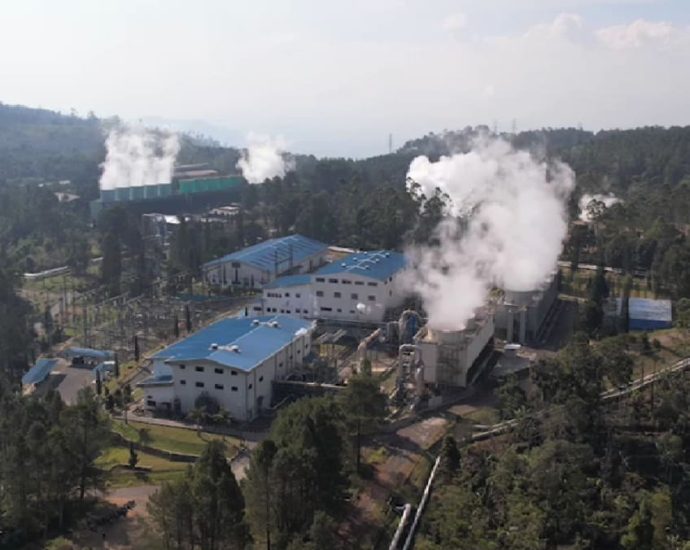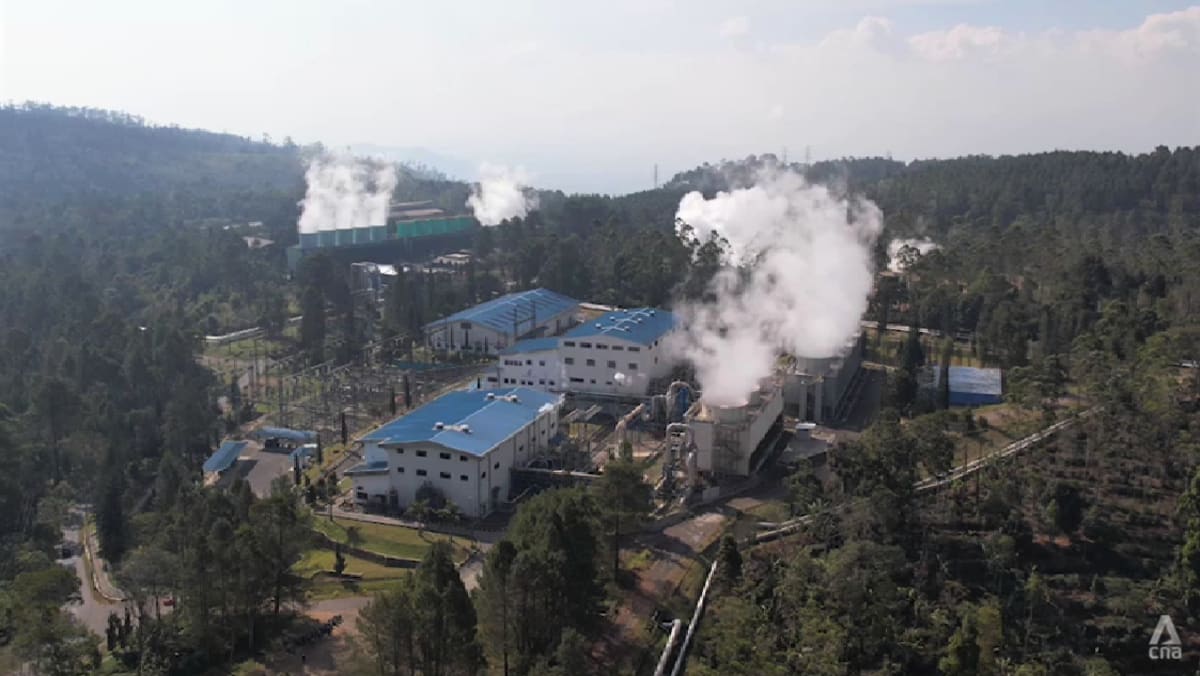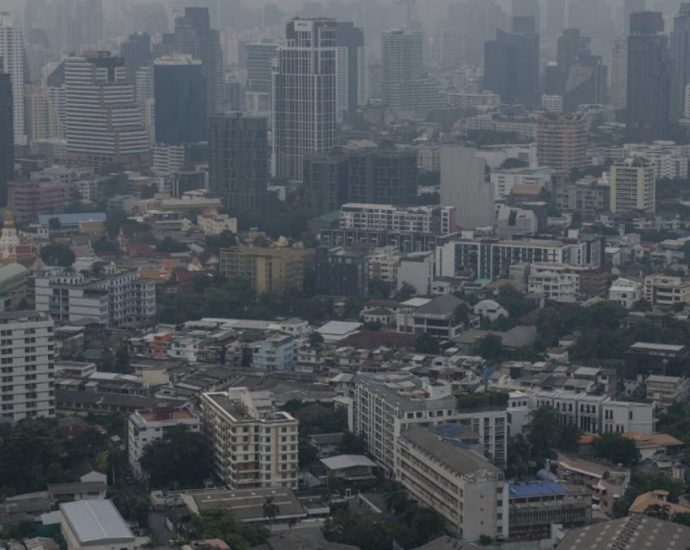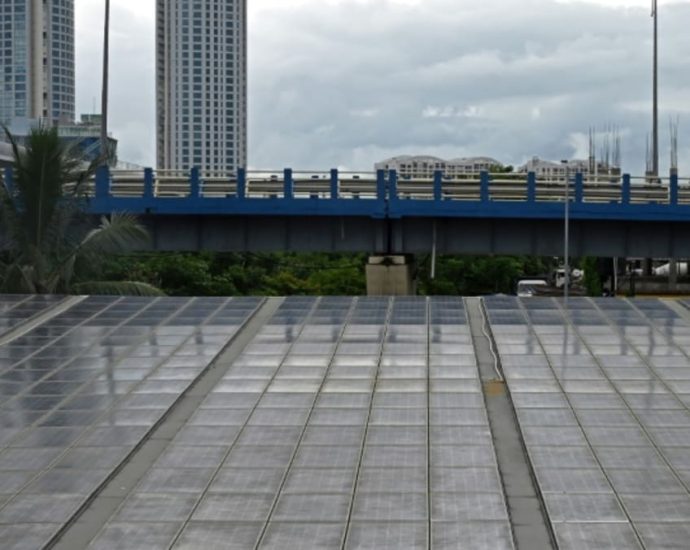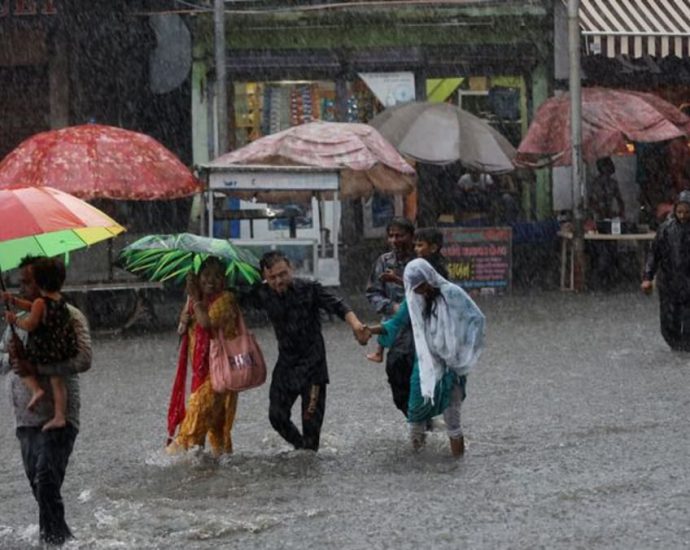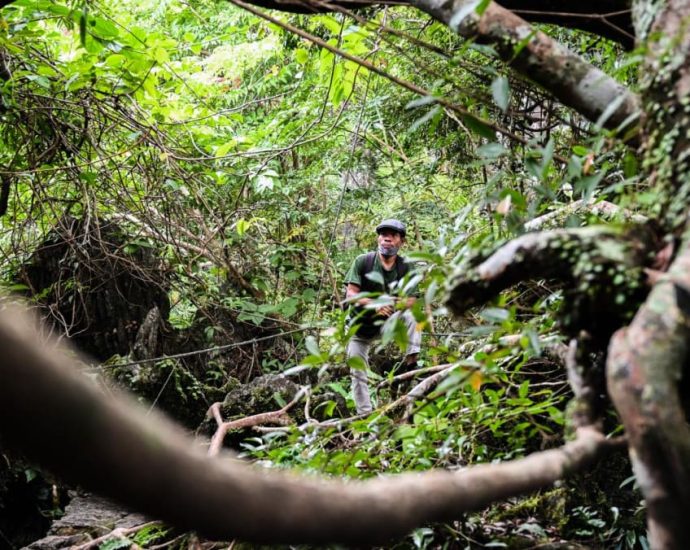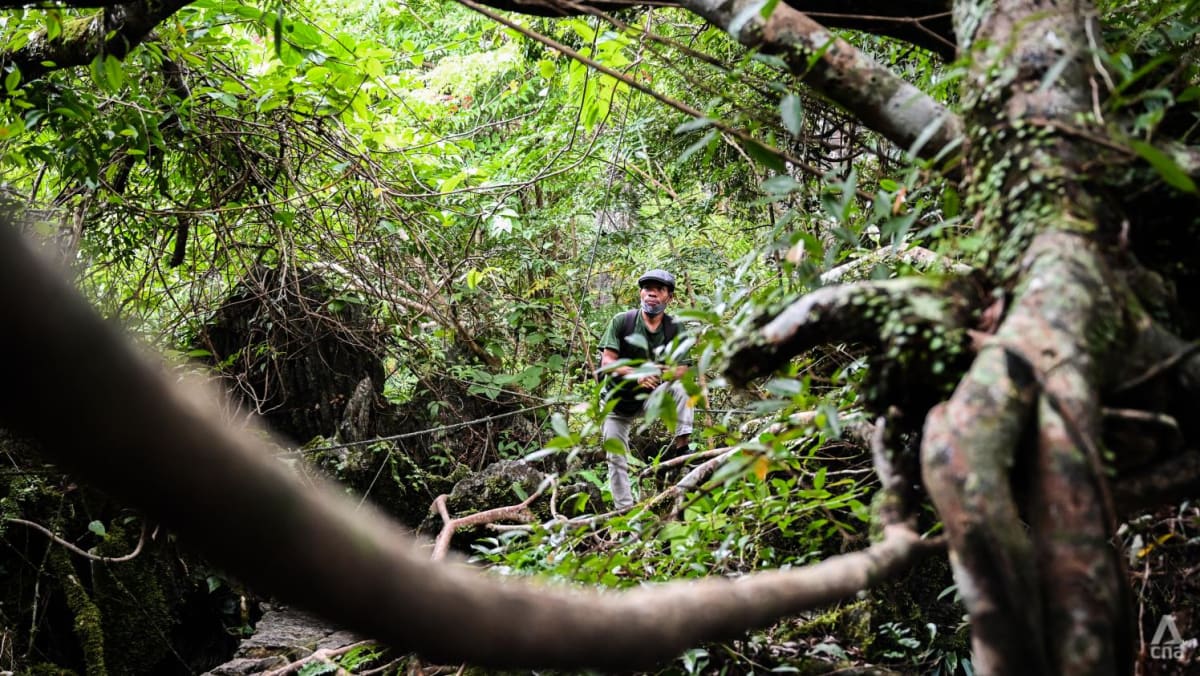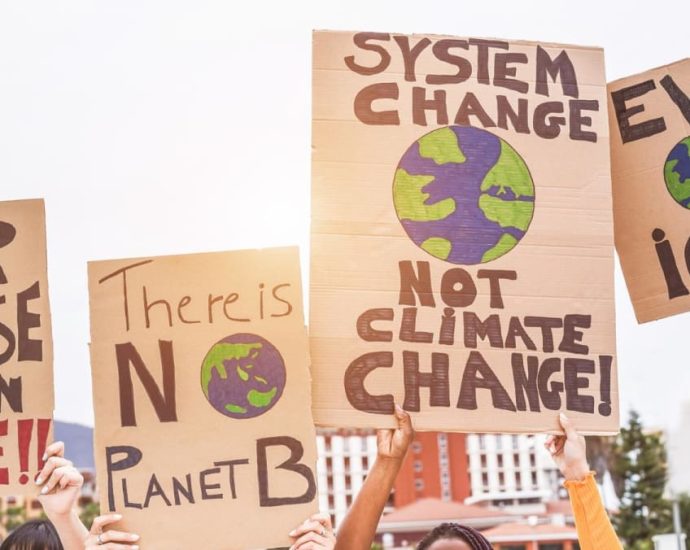Indonesia’s Jokowi to push for domestic seaweed processing, including for fuel
JAKARTA: Indonesia President Joko Widodo on Thursday (Nov 2) said the government will push for the development of a domestic seaweed processing industry, including for the production of fuel. Speaking at a business conference, Jokowi, as the president is known, said he will implement downstream policy for other commodities afterContinue Reading


